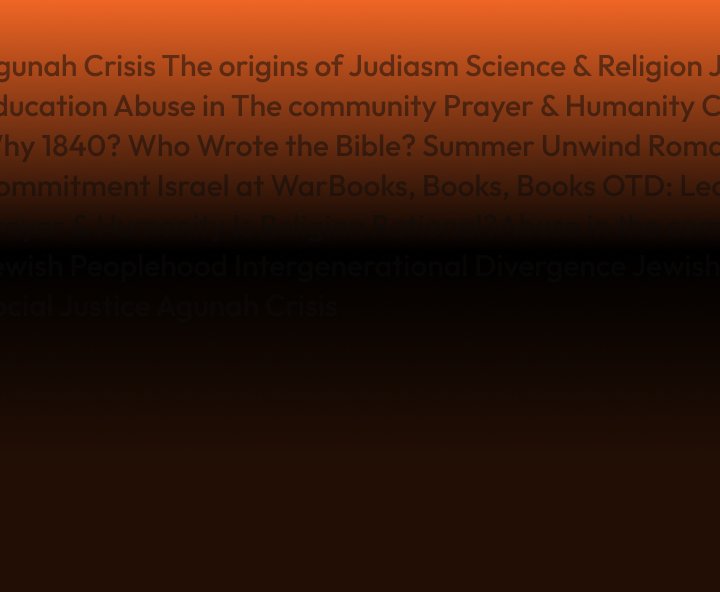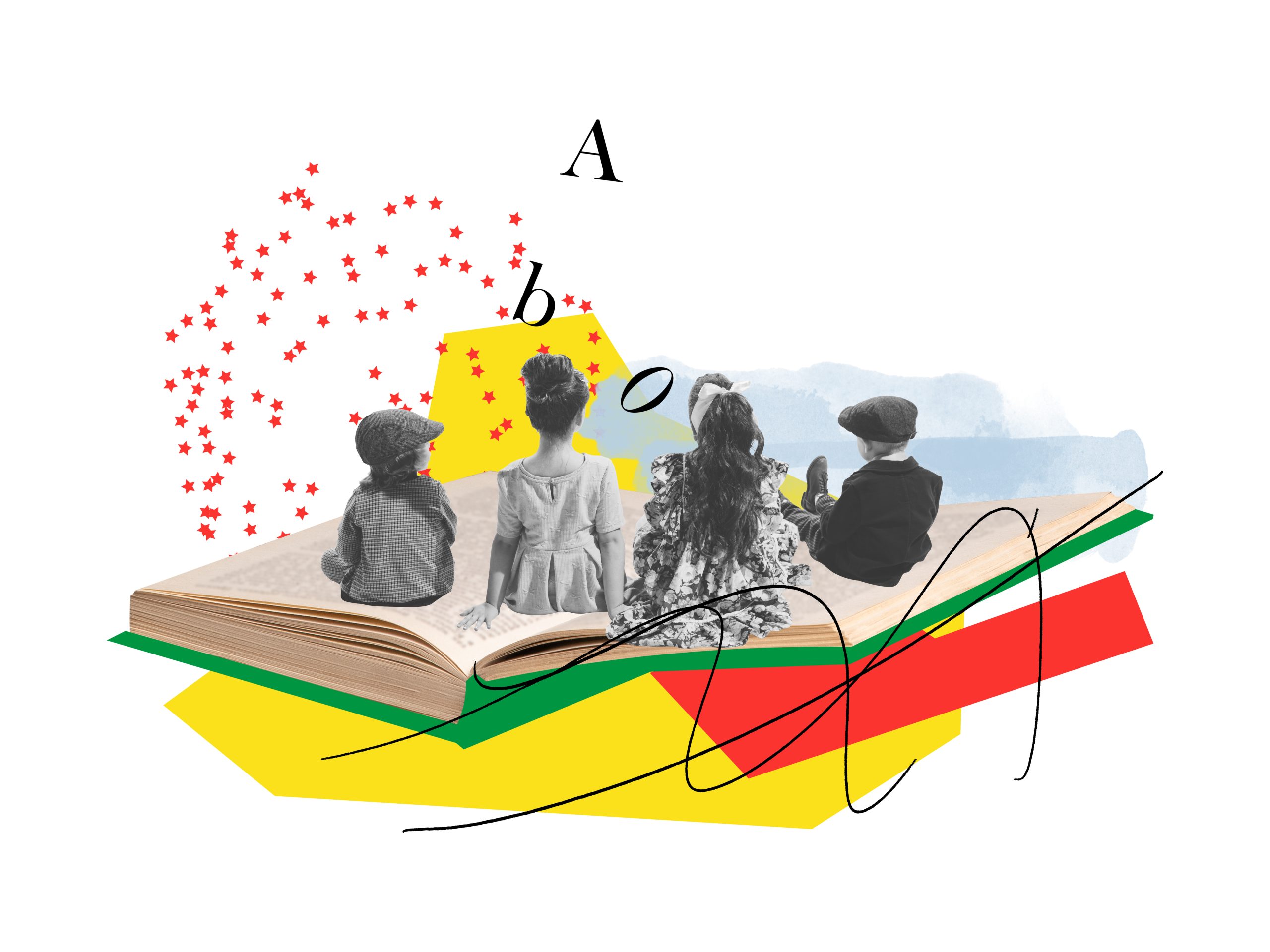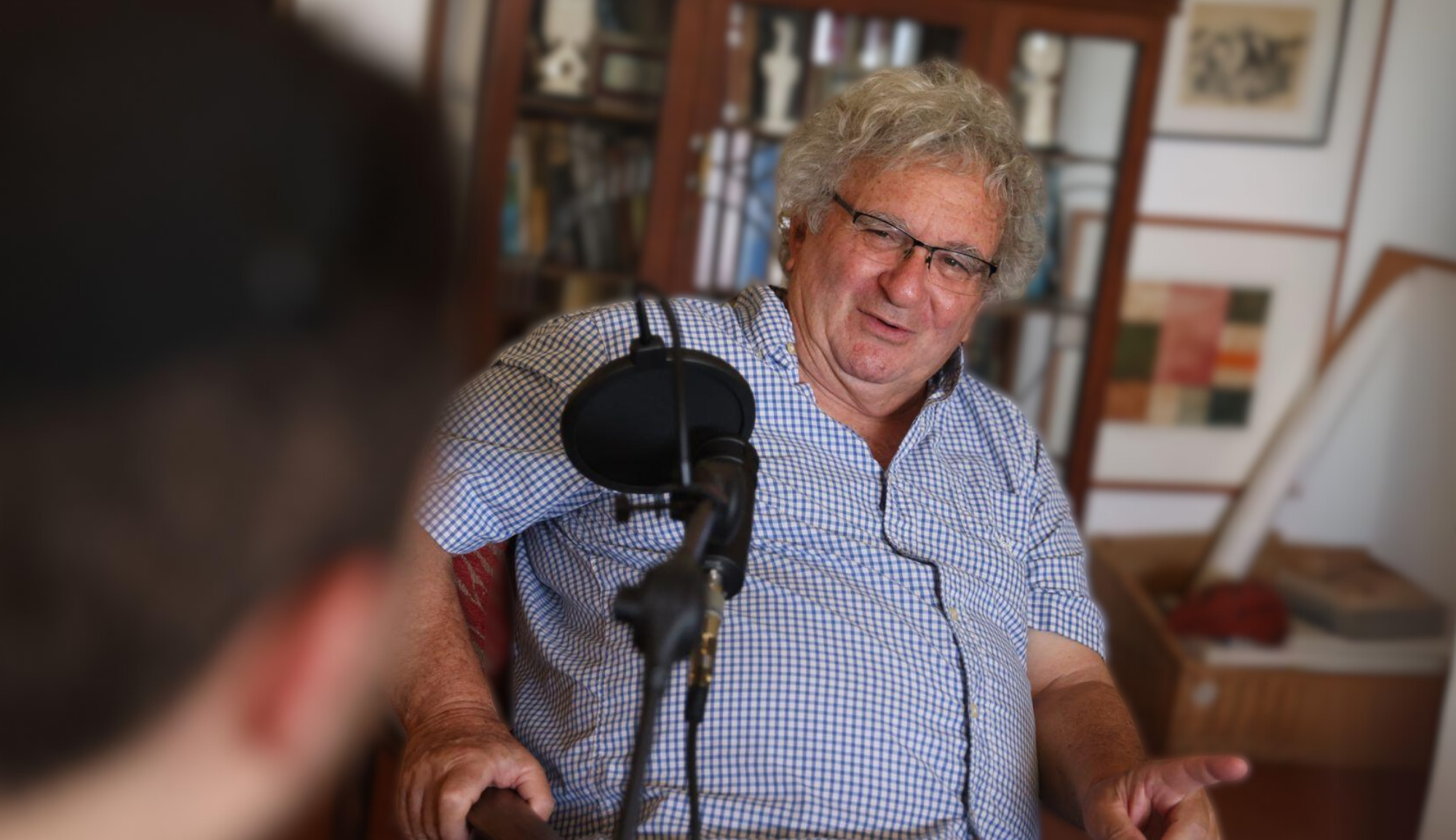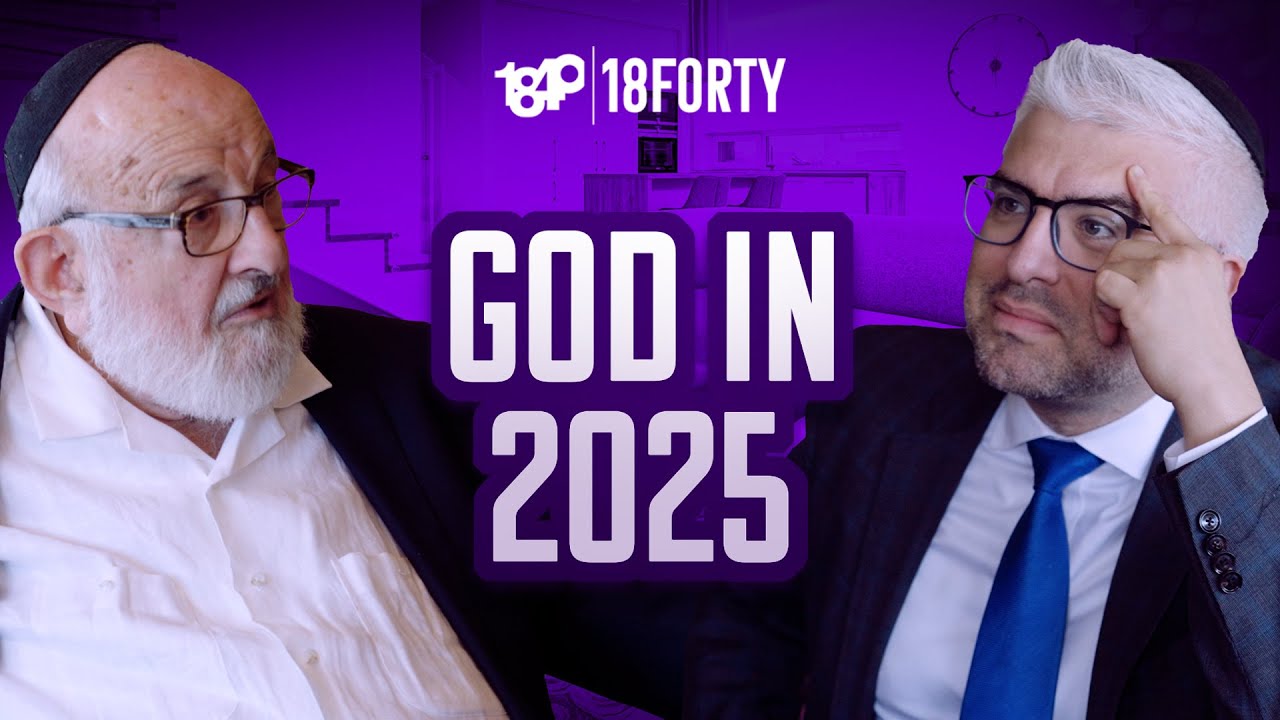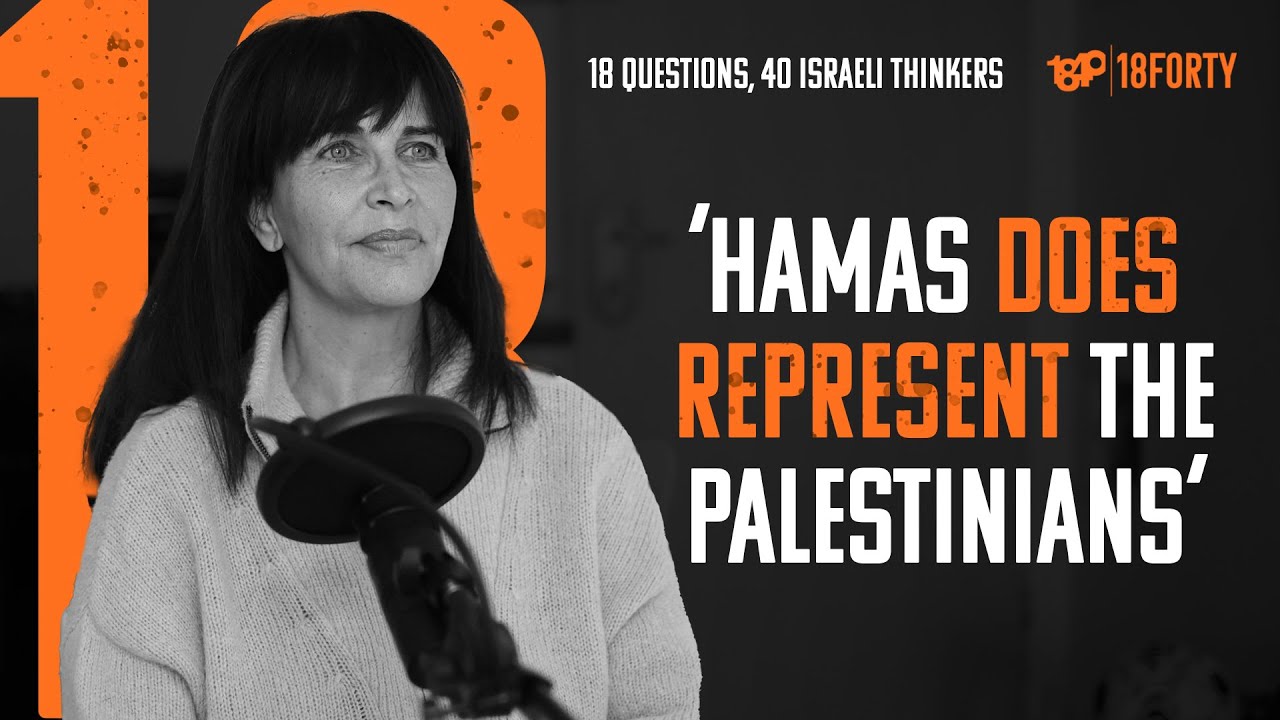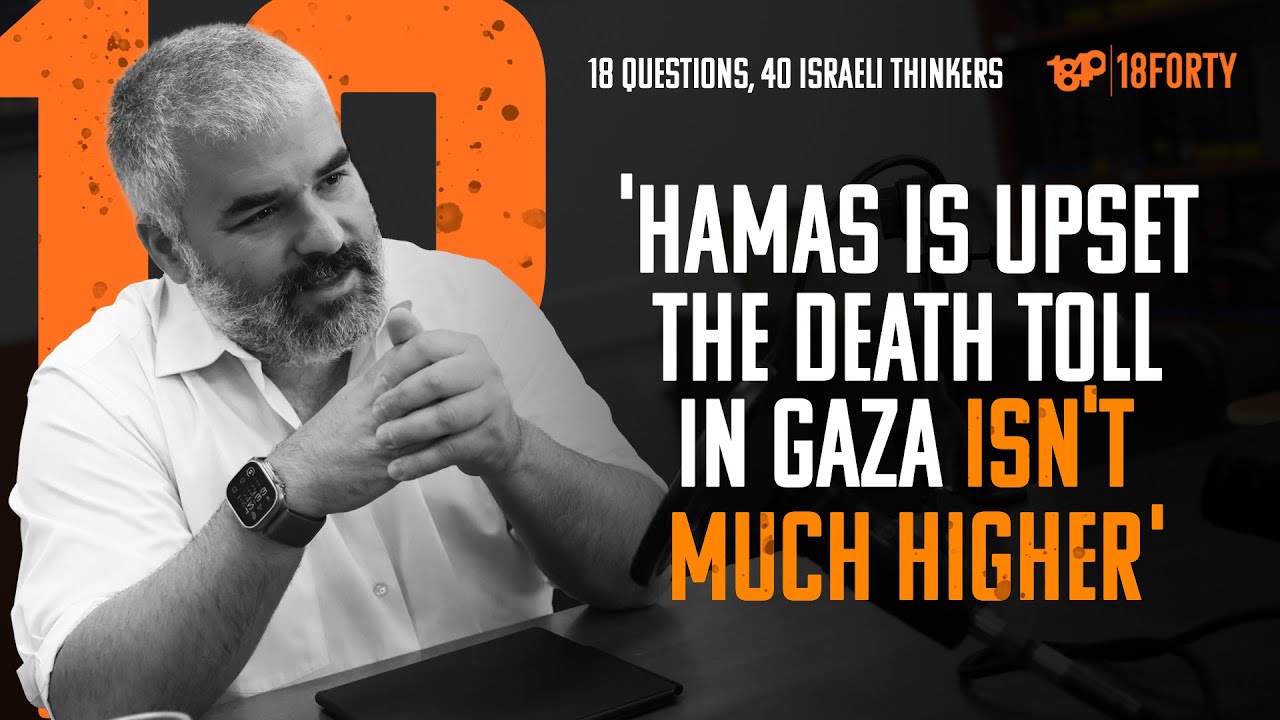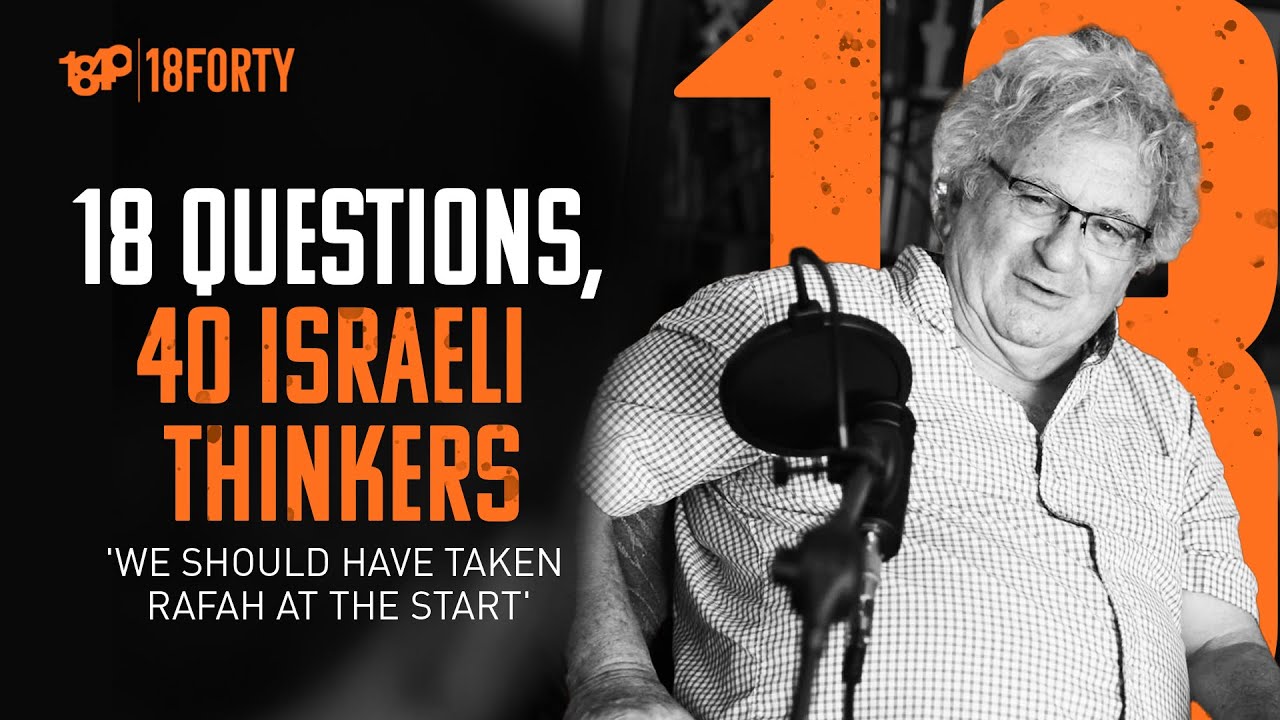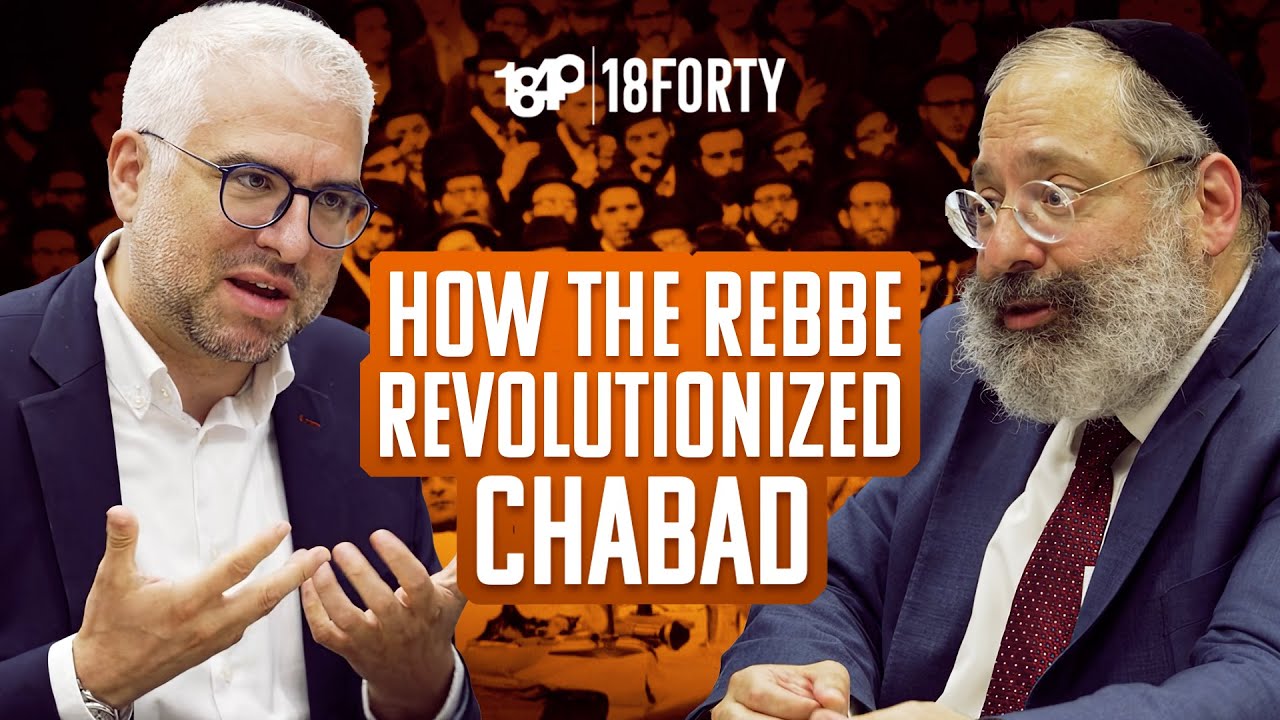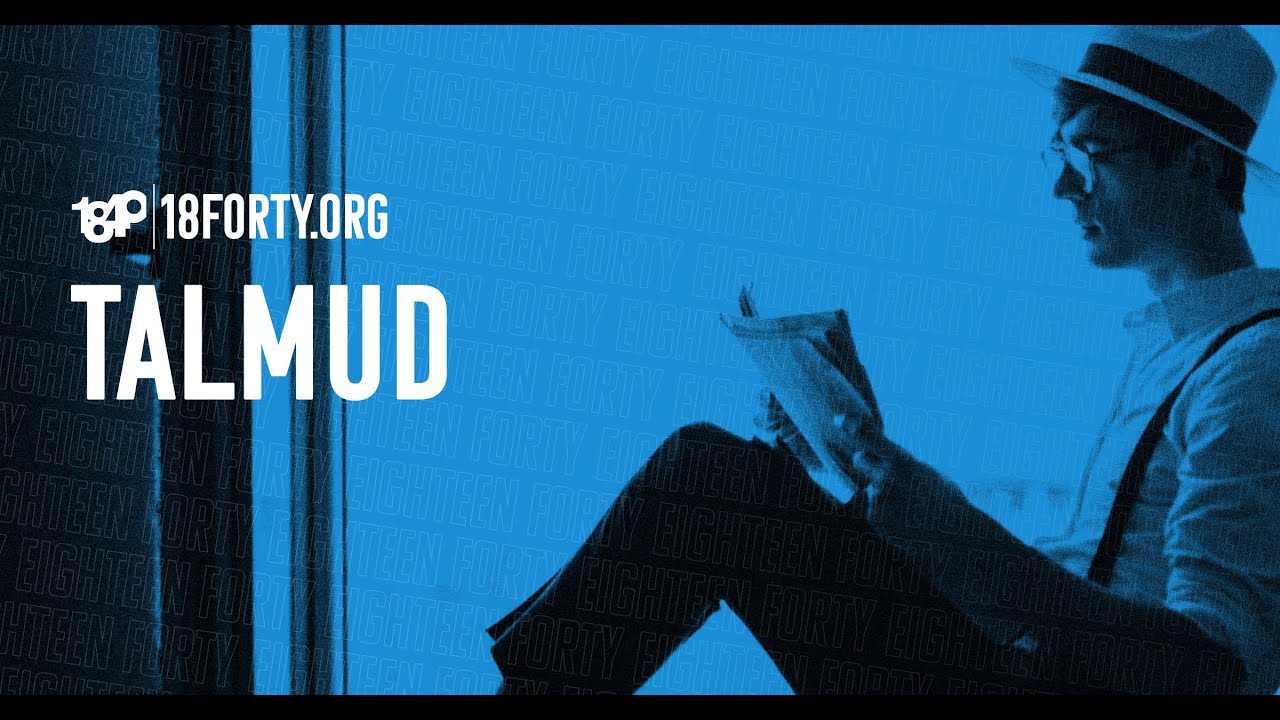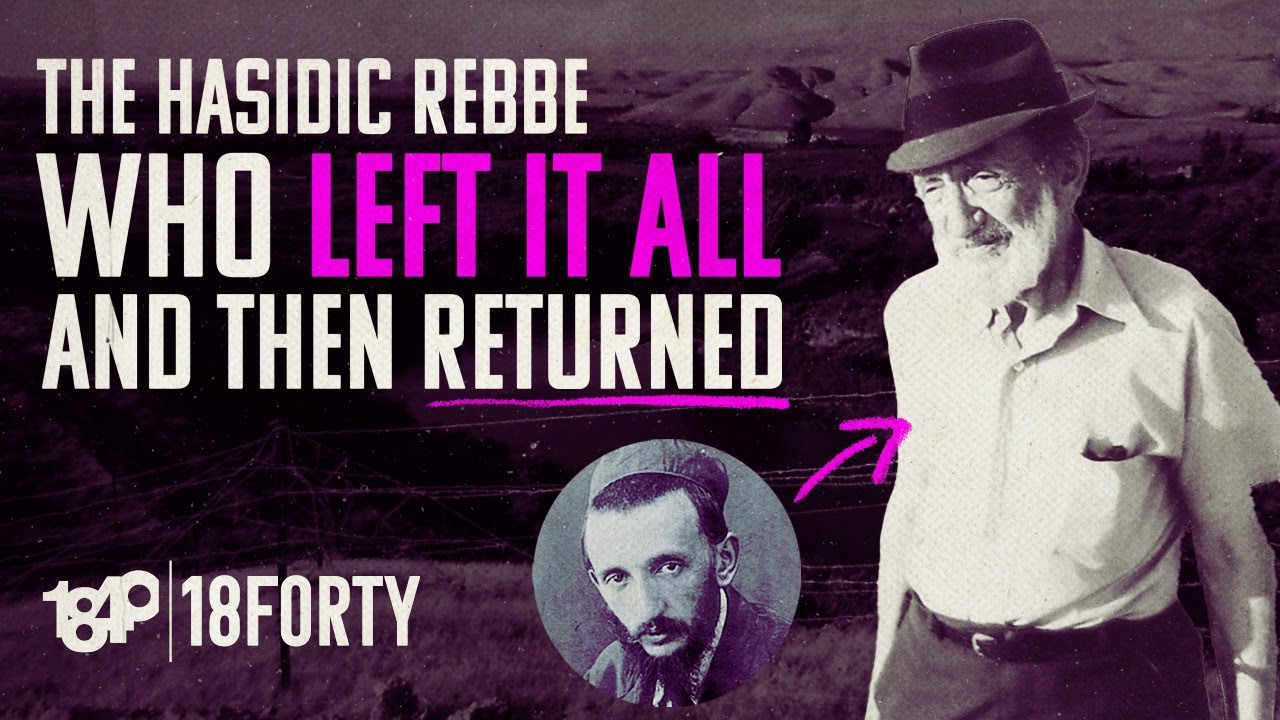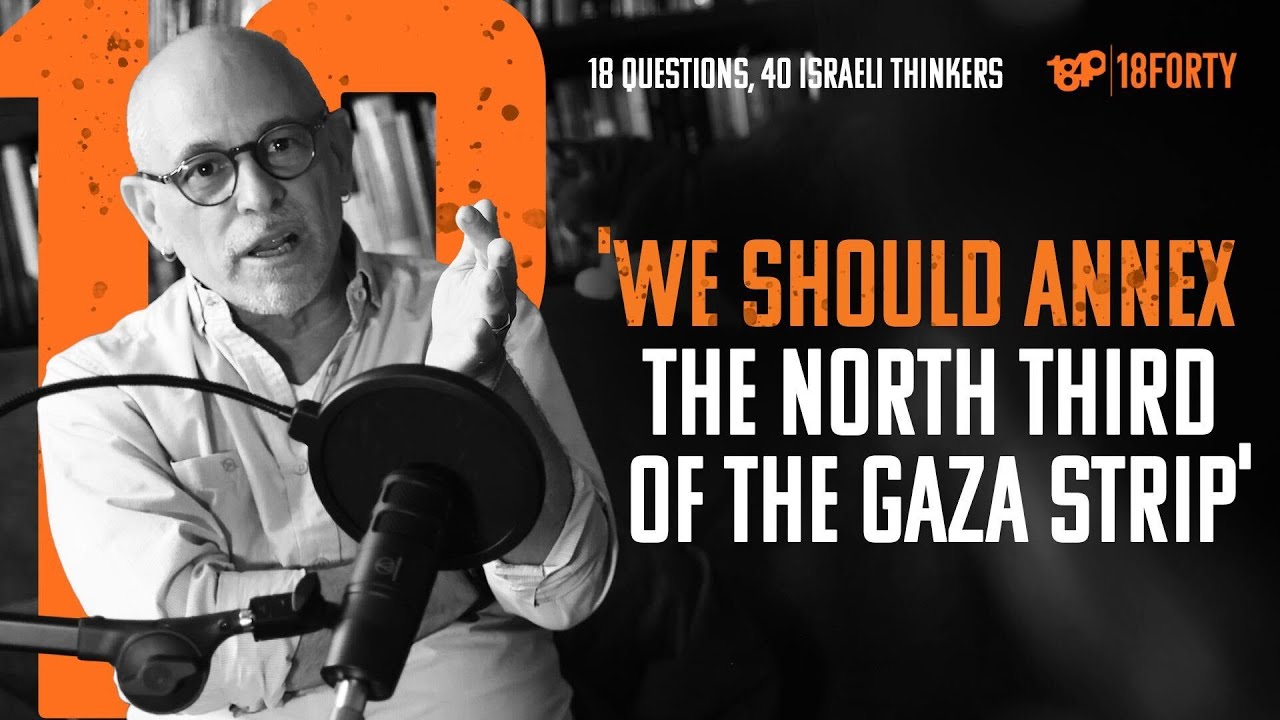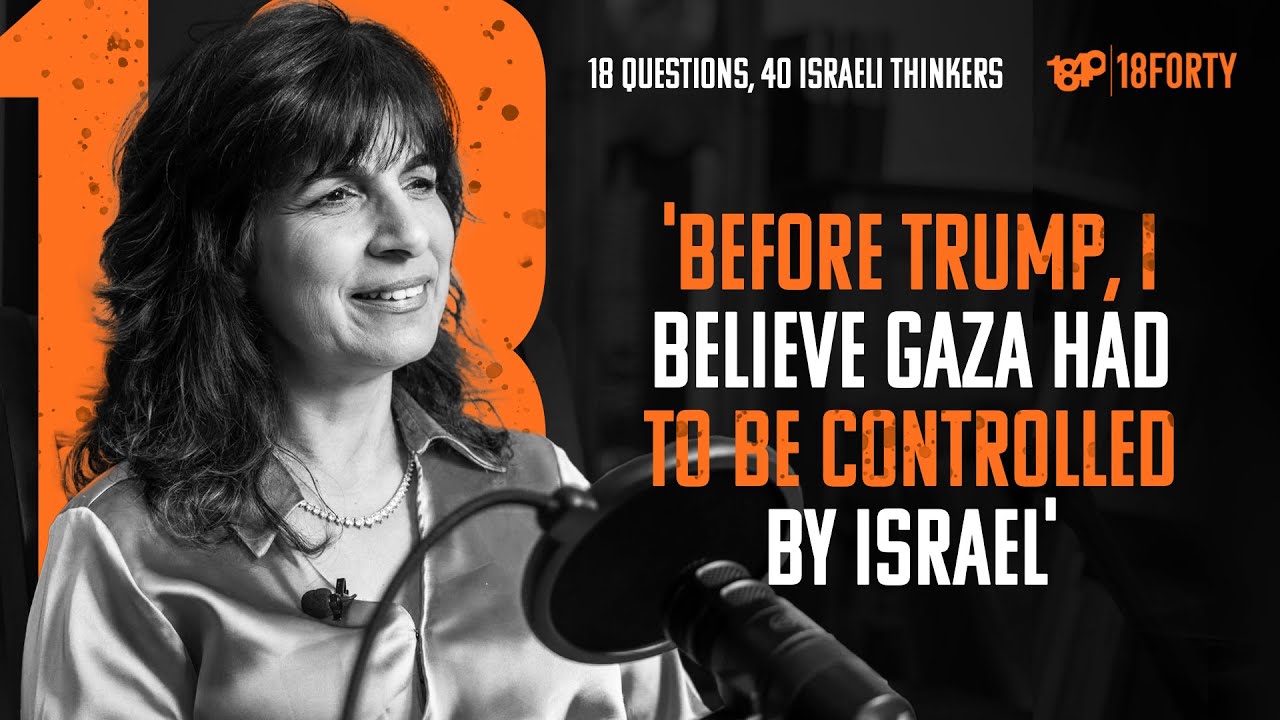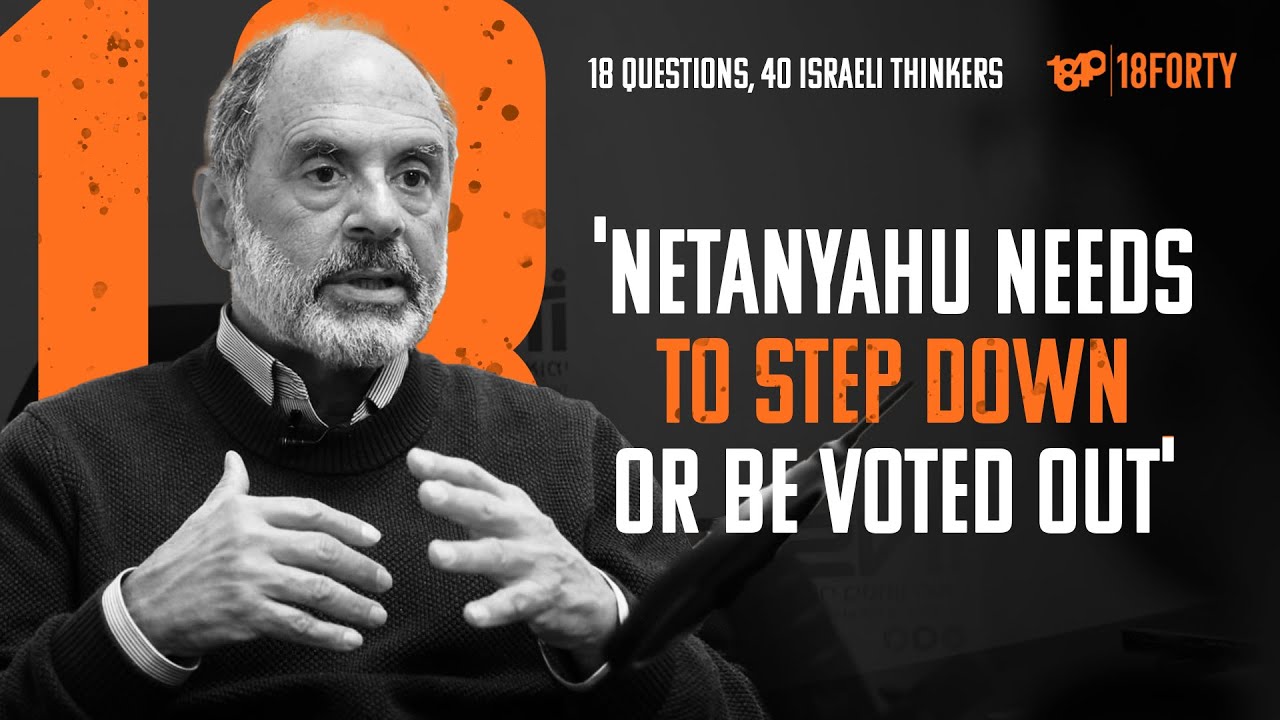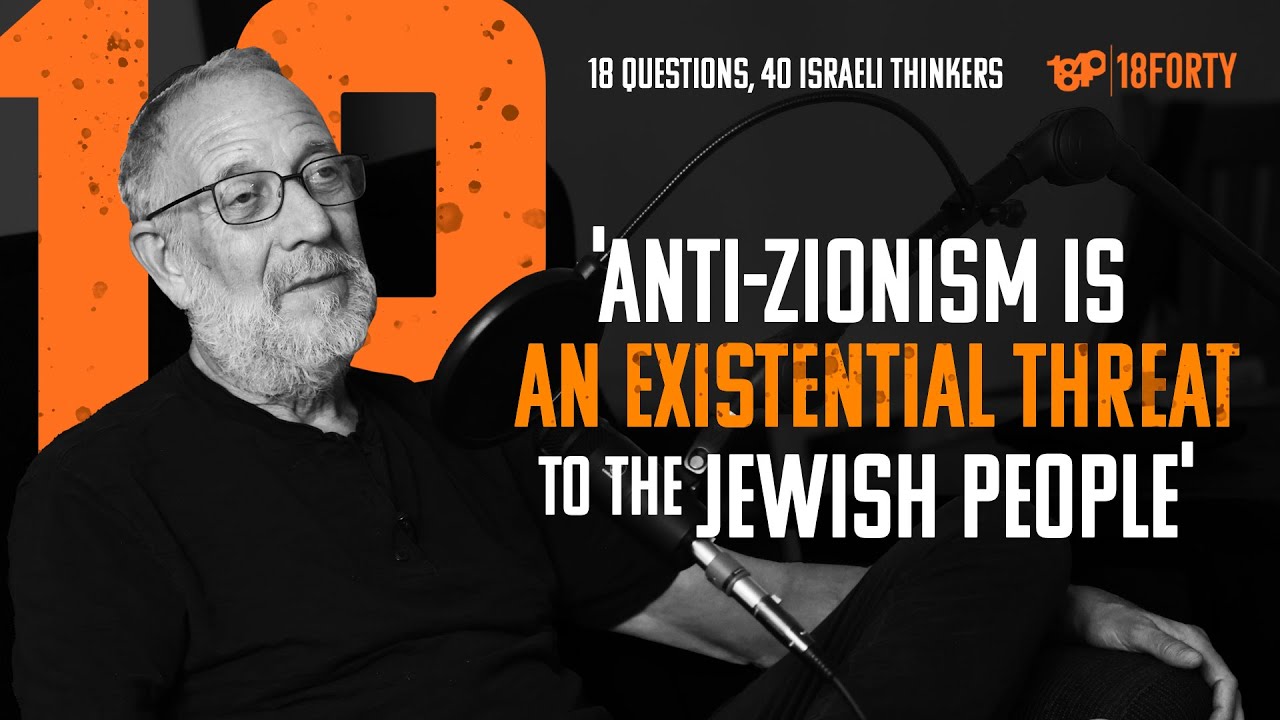If a society is only as strong as its most vulnerable population, then perhaps a legal system is only as strong as its dispensations for its most vulnerable adherents. If this sentence is a lot for you, maybe we can put it this way: just as a society must be assessed by the wellbeing of all of its members, a legal system must be assessed by how it provides for all of its adherents. When approaching the complex history of the agunah, we are approaching not just a local question about divorce and marriage, but a far broader nexus of thought around questions of tradition and change, equity and control, and morality and legality. As thoughtful people, we must approach this topic with an eye both to the big-picture implications and import but also to the tragic and human reality of those women who are or have been agunot.
It can be too easy to intellectualize the experiences of others, pontificating as we do on the problems and solutions of our legal system, before and without the crucial emotional work of learning about the experience of the agunah, the human living the real, grounded truths of laws and legalities of our tradition. As we turn towards the history of the agunah, we hope to honor both sides of this complex legacy – the human and the legal, the lived and the learned.
We can think of these two domains as akin to the relationship between halakha and aggadah. The Talmud, the major codex of Jewish law, comprises two types of narrative. The first is the one we more often think of when we think of the Talmud, or Talmudic thinking: halakha, law. This refers to the legal wranglings, the casuistry and wheeling n’ dealing of the sages around law. The latter, aggadah, refers to the stories of the Talmud. In a famous essay on halakha and aggadah, the writer Chayim Nachman Bialak urges us to see them not as distant cousins, as they often feel, but rather as intimately related parts of a cohesive text, each of them informing and illumining the other. Halakha, the letter of the law, and aggadah, the spirit of the law, each informing, delineating, and challenging the other.
With the shifting centers of power … there has been a widespread movement to free agunot, stemming largely from the work of activists and social media influencers.
The learned and the lived, the lived and the learned, each commenting on the other. In our public discourse, we too often opt for one without the other. We strive to do both. This is particularly challenging when considering the history of the agunah, as these voiceless people have too often been lost to our historical records. May we honor both.
Biblical Era: Devarim and the Divine Marriage
The whole tale starts with Devarim 4:1, the source text for Jewish marriage and divorce. In reference to the divorce, the verse says “He writes a bill of divorce and gives it in her hand,” which is taken by the later sages to mean that a get, the Jewish document of divorce, must be given by the man, by his own volition. This focus of power on the husband, along with the durability and resilience of the Jewish marriage, are what set the scene for the agunah crises to come. Crucially, it is the very strength of the marital institution that contributes to the challenges that follow, as this marriage is not easily dissolved. In the many exhortations and urgings of the prophets later in Tanach, the marital relationship becomes a stand-in metaphor for the relationship between God and the people of Israel, oft-portrayed as a husband and wife. This union is not easily dissolved, and it will ultimately take much more time before the flowing river of the law will advance the rights of women in this union.
Talmudic Era: Leniencies for the Lost
In the early rabbinic literature, the agunah most commonly referred to is a woman whose husband disappeared and it is unknown if he is living or dead. If the husband is dead, the woman is free to remarry, but if he is not, she cannot remarry without a divorce. Given the lack of communication and constant travel throughout the Talmudic era, this issue received significant attention in the Talmud. The sages were notably lenient in these issues, as the Talmudic dictum “because of the agunah, the rabbis were lenient” (Yevamot 88a).
Middle Ages: Rulings and Rights
According to biblical and Talmudic law, it is legal for a man to marry multiple women. Enter Rabbeinu Gershom, a leading German rabbi, who instituted major reforms of marital law, including the forbidding of polygamy. Additionally, while earlier law had not mandated the consent of the woman, Rabbeinu Gershom decreed that a woman cannot be divorced without her consent, thus bringing a degree of greater equity to the divorce process. Because of this decree, men can also be chained to a marriage, and become igunim, although this ultimately occurs far less than it does to women.
A second major legal decision in this era shapes the agunah issue as we know it, with the Rambam’s ruling that if woman desires a get and her husband does not give it to her, the husband should be ‘coerced until he says ‘I desire this,’” as the well-established Jewish law until that point mandated that a man must give a get willingly. The Rambam’s rule basically allowed coercion, which became the most popular option for dealing with recalcitrant husbands for the next several hundred years.
Modern Era: Change in the Air
However successful the physical, social, and communal coercion of recalcitrant husbands was in the producing of gittin from the unwilling, the success of this vigilante justice system (please join us in imagining Batman forcing a get out of a man in a back alley) is dependent on the existence of Jewish self-governance power. With the breakdown of the ghetto walls in the early modern era, the pressures of social coercion, the threat of excommunication, and even the possibility of physical violence all no longer posed as great a threat, as an unwilling husband could now flee from his Jewish community, finding a new place in the towns and cities of the world.
As early modernity bled into late modernity (think the end of the 18th century), the intellectual mission of the Haskalah to investigate, question, and renew what were perceived to be antiquated laws and values of rabbinic Judaism placed a renewed focus on the agunah issue. None other than maskil par excellence Joseph Perl, author of the satirical novel Meggilat Setarim, wrote a treatise on the subject, joining the ranks of the many disgruntled maskilim who saw the agunah issue as reflective of a broader symptom of the archaic laws of rabbinic Judaism. While long an issue of Jewish law and learning, the agunah issue now became a widespread cultural touchpoint, with debates around the problem—and potential solutions—entering the mainstream public discourse, setting the stage for the contemporary era.
Contemporary Era: Changing Centers of Power
As industrialization, mass-immigration, war, and increased economic opportunity steadily changed the makeup of society as it was, a widespread agunah crisis emerged. Men seeking economic success—and at times other relationships—fled the home in droves, leaving their wives and children at home. We see this moment meeting the media of its time, first as the publisher of the Jewish newspaper HaMagid dedicated, in 1869, the last page of his newspaper to information about truant husbands. In early 20th century America, the issue was particularly dire, as men fled to the Western frontier, leading to the establishment of the National Desertion Bureau, an agency providing financial support to agunot, and information about their husbands.
The two world wars brought their own major dilemmas, as the scores of missing men created untold agunah dilemmas, birthing a major uptick in the legal literature on the topic. However, another sort of agunah crisis was developing at the same time, as Jewish communities in the West lost the self-governing powers that they had in Europe and physical coercion took on a less-than-rosy tone. With the shifting centers of power that the internet age has engendered in the second decade of the 21st century, there has been a widespread movement to free agunot, stemming largely from the work of activists and social media influencers.
Might this movement bring the long-term and systematic change that has been debated and awaited for millenia? Might this movement bring a greater cultural acceptance to the Halakhic Pre-Nuptial Agreement, a pre-emptive solution championed by many American rabbis from the Rabbinic Council of America that has long lacked approval in the right-wing of Orthodox Judaism? Might this movement indicate a new era of women’s engagement in Jewish culture and conversation? History watches, along with all of us.
